We need to honor Black life instead of sharing Black death
George Floyd and Tyre Nichols paired next to each other
After five Memphis officers were charged with second-degree murder after brutally beating Tyre Nichols to death this past, pronounced dead on Jan. 10, the question has arisen of whether or not we must watch videos of Black bodies being killed on social media.
Social media and film are both powerful tools in the fight to combat police brutality. In the era where those two did not exist, police brutality went ultimately unrecognized except by those affected. There was no proof of the beatings and killings, so officers were free to get away without consequence. It was not until the footage of Rodney King’s 1991 beating in Los Angeles that Americans really started to see the fact that police brutality truly existed. It is a blessing that we now have the power to hold officers accountable; it is not that police brutality is increasing, it is just that it is now being caught on video.
But despite these accomplishments, social media has played a key role in desensitizing people to footage of Black bodies being abused, as well as exploiting them.
I remember scrolling through Instagram one night, laughing at videos of people slipping on black ice, when I suddenly came across a clip with a graphic warning. Curious, I clicked “Watch”. Then suddenly, I’m stuck watching a video of a White man kneeling on a Black man’s neck, mercilessly suffocating him. I cried out of anger and disbelief, confused as to what I was seeing. I was shocked as a pit grew in my stomach, disgusted with what I had just witnessed.
The video, recorded by a teenage bystander, was suddenly being viewed and liked by billions of people across the globe. It has proven essential in the fight to hold Chauvin accountable, but did those billions of people need to see this man’s final breath for that to be achieved?
How dehumanizing is it to have footage of someone being murdered posted on Facebook for people to leave comments on and like? These videos are endlessly retweeted and reposted, serving as constant reminders to the victim’s family. People empathically might repost the video to raise awareness, but we need to remain conscious of the fact that, though unintentional, we are further amplifying the pain of the victim’s loved ones.
George Floyd’s daughter can now search up the video of her father dying with a simple click, and it will follow her for the rest of her life. People should not treat the worst day of her life as another social media trend.
We need to ask ourselves what we seek to achieve from watching. If you’re someone who does not believe in police brutality, there are better ways to be educated on the topic than being forced to watch these videos. And as far as the rest of society goes, I beg the question as to whether or not these videos are just sources of entertainment. Generation Z has grown to become desensitized to violence and trauma that come from watching another human being killed.
I remember hearing my peers at school talking about the video of Nichols being beaten as though it were a school fight. “Damn did you see that video of Tyre Nichols getting beat? It was crazy! You have got to see this.” Black bodies dying on film should not be a source of entertainment for anybody; it’s traumatizing, especially for Black and Brown people.
No matter how many videos are reposted, racism will still exist. Famous images of lynchings and the song Strange Fruit by Billie Holiday did not end racism. The 1955 photographs of Emmett Till did not end racism. When officers attacked Phillip White with a canine while he was unconscious it did not end racism. Video footage of Walter Scott being shot eight times in the back did not end racism.
Tamika Labelle, 50, feels that these videos should not be shared.
“Watching these videos makes me angry,” Labelle said. “They’re disturbing. It happens all the time. It makes me wonder if it were any other race, would the videos be distributed?”
Images of White people’s deaths are removed from news coverage all the time. It is difficult to find imagery from any of the mass shootings that have affected White populations anywhere online. White victims are instead remembered in endearing portraits. Black people should be remembered in the same way. Tyre Nichols should be remembered in the same way.
Nichols was a photographer. He made skateboarding videos with his friends. His childhood friend, Austin Roberts, says that’s how Nichols spent most of his time as a teenager.
“I want him to be remembered as, you know, the kid that was smiling in a skate video and not the kid that was, you know, frightened for his life,” Roberts said.
Cellphone videos of Black people dying should be viewed with careful circulation. We need to view them with decency, treating them with thoughtfulness and respect. They are sacred pieces of footage and should be treated as so.
If you want to raise awareness, I urge you to, instead of reposting the video online, actively take action to become anti-racist. Confront your White friends for saying the n-word, get comfortable having these discussions with others, listen to other people’s opinions and stories with respect, eliminate any vocabulary you may speak that is stereotypical or microaggressive, diversify your news sources, attend workshops, support Black businesses, attend protests, donate, and sign petitions. Don’t just sit and repost videos and pictures on social media; it is traumatizing.
From The Washington Post: Friends remember Tyre Nichols: “Energetic, outgoing, goofy.”
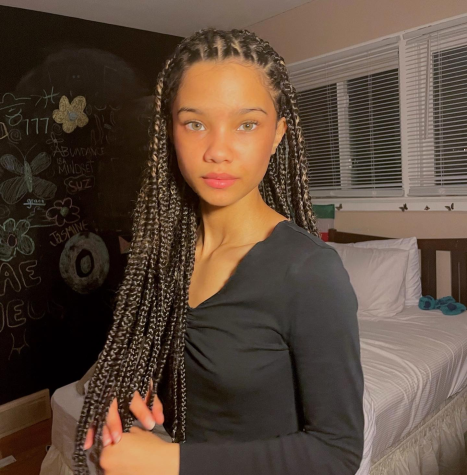
Jasmine Nichols is a Senior at Niles North who aims to write about contemporary issues within the black community. She enjoys learning about black history,...


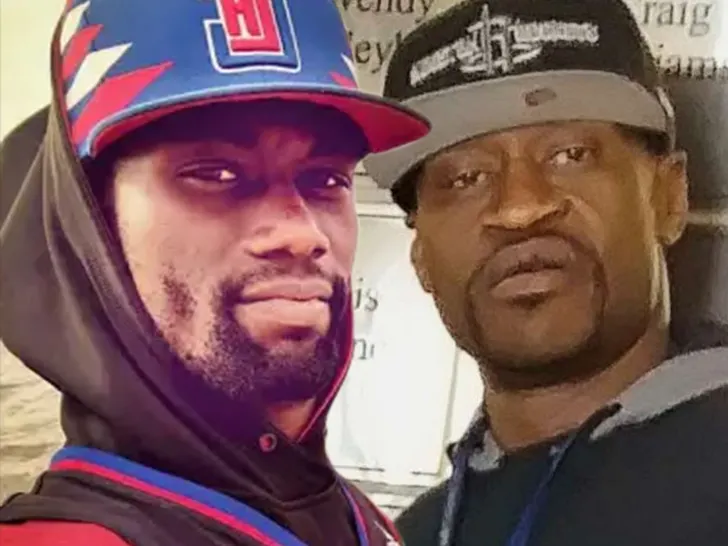
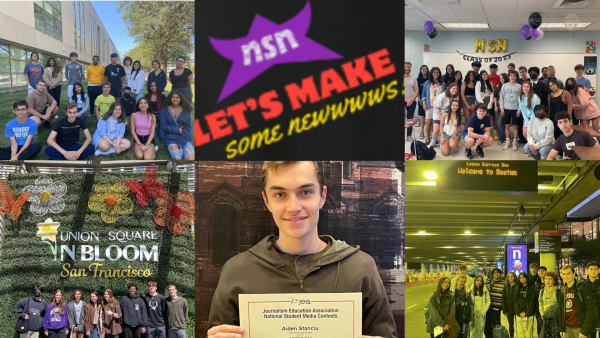
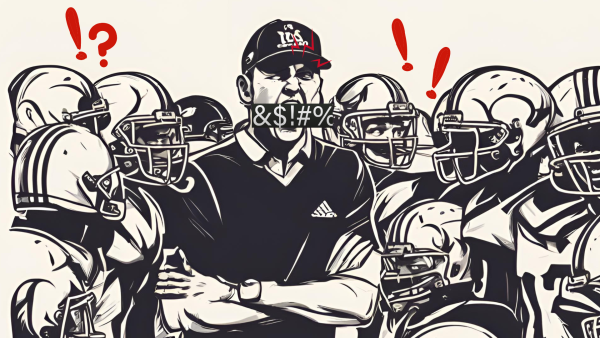
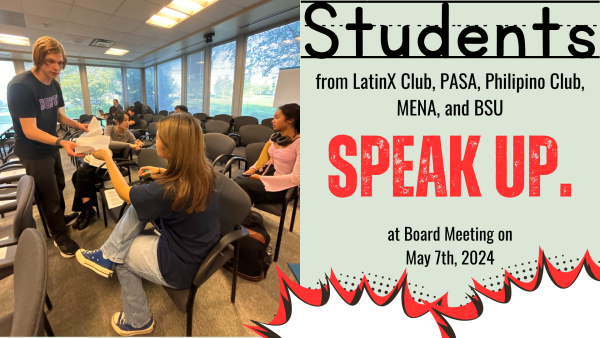
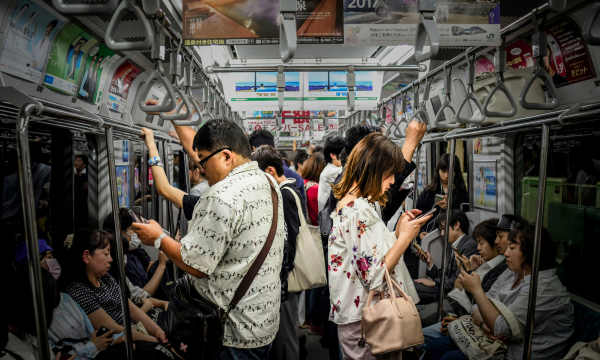

Samina Hussain • Feb 3, 2023 at 12:27 pm
Excellent article that also resonates with people of the Muslim world.
TAMIKA R LABELLE • Feb 2, 2023 at 8:36 pm
Excellent write up! Very talented author indeed!
Courtney Hanson • Feb 2, 2023 at 6:40 pm
100% Jasmine.
Thank you.